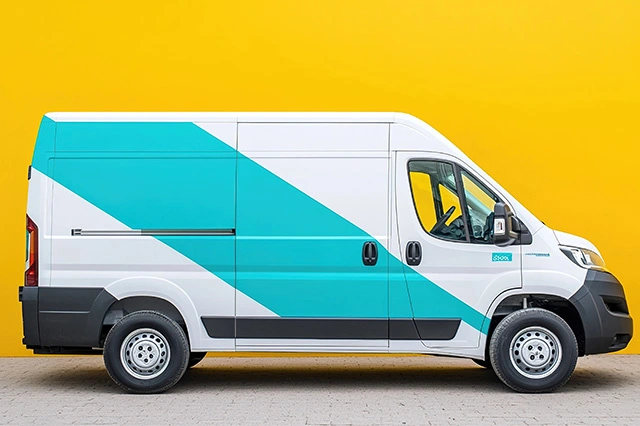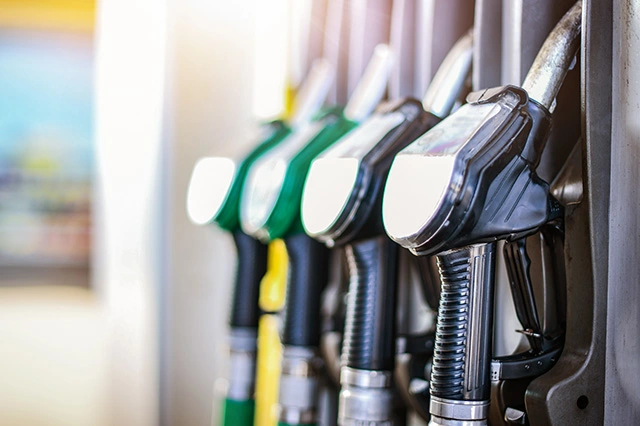For many young drivers in the UK, securing car insurance feels like an uphill battle. With premiums often soaring into the thousands, young people, particularly those under 25, face some of the highest insurance costs in the country. This disparity stems from insurers’ reliance on demographic data and perceived risk, leaving younger drivers at a significant disadvantage.
Why Are Premiums So High?
Statistics show that drivers aged 17 to 24 are more likely to be involved in accidents, a factor that insurers take into account when calculating premiums. According to the Association of British Insurers (ABI), young drivers are three times more likely to make a claim than older drivers, and these claims tend to be more expensive due to higher levels of vehicle damage or personal injury.
This risk perception leads to hefty insurance costs for young drivers. For instance, the average annual premium for a 17-year-old can exceed £1,800, compared to around £500 for older, more experienced drivers. These costs often discourage young people from owning cars altogether, creating barriers to employment, education, and independence—particularly in rural areas where public transport options are limited.
Who Struggles the Most?
Several demographics within the young driver category face distinct challenges:
- New Drivers: Those who have recently passed their driving test, regardless of age, are deemed high-risk due to their lack of experience. This group often finds it hardest to secure affordable policies.
- Young Men: Statistically, young male drivers are more likely to be involved in accidents than their female counterparts, leading to higher premiums. Despite EU regulations banning gender-based pricing, risk assessments still indirectly affect costs.
- Urban Residents: Drivers in urban areas face higher premiums due to the increased likelihood of theft or collisions. For young people living in cities, this can make car ownership prohibitively expensive.
- Students: Many students who move between term-time and home addresses find their premiums fluctuate based on their location and the perceived risks associated with their living situations.
Options for Reducing Costs
While the challenges are significant, there are several ways young drivers can mitigate their insurance expenses:
1. Black Box Insurance
Telematics or black box insurance policies monitor driving habits, including speed, braking, and time of travel. Drivers who demonstrate safe driving practices can benefit from reduced premiums. This option is particularly popular among young drivers looking to prove their responsibility behind the wheel.
If black box insurance is not for you, then you’ll still need to obtain car insurance without a black box.
2. Named Driver Policies
Adding a more experienced driver, such as a parent, to the policy can lower costs. However, it’s crucial to avoid “fronting”—a practice where a more experienced driver is incorrectly listed as the primary driver to reduce costs—as it is illegal and can void the policy.
3. Pay-As-You-Go Insurance
For drivers who use their cars infrequently, pay-as-you-go insurance provides an affordable alternative. This policy charges based on the number of miles driven or the time spent on the road.
4. Choosing the Right Vehicle
Opting for a car with a smaller engine and lower insurance group classification can significantly reduce premiums. Additionally, installing security devices such as alarms or immobilizers can further decrease costs.
5. Building a No-Claims Discount (NCD)
Driving without making a claim for an extended period can earn young drivers an NCD, leading to lower premiums in subsequent years.
The Role of Government and Industry
Advocacy groups and policymakers have called for reforms to make car insurance more accessible for young drivers. Proposals include government-backed schemes to subsidize premiums for low-income individuals and enhanced driver education programs to reduce accident rates. Insurers, too, are exploring innovative solutions such as app-based insurance and rewards for eco-friendly driving.







